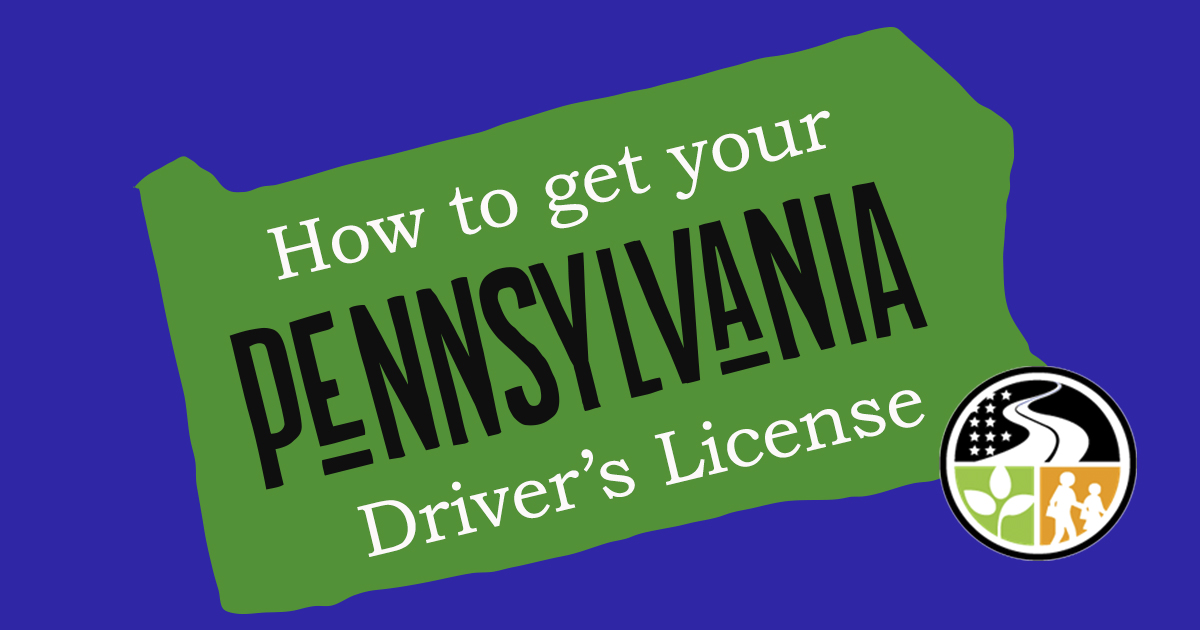
- NATIONAL HIGHWAY TRAFFIC SAFETY ADMINISTRATION PDF
- NATIONAL HIGHWAY TRAFFIC SAFETY ADMINISTRATION DRIVERS
- NATIONAL HIGHWAY TRAFFIC SAFETY ADMINISTRATION DRIVER
- NATIONAL HIGHWAY TRAFFIC SAFETY ADMINISTRATION MANUAL
- NATIONAL HIGHWAY TRAFFIC SAFETY ADMINISTRATION VERIFICATION
NATIONAL HIGHWAY TRAFFIC SAFETY ADMINISTRATION DRIVER
Traffic Safety Facts - Research Note: An Examination of Driver Distraction as Recorded in NHTSA Databases, September 2009 DOT HS 811 216.Driver Workload Metrics Project: Final Report - Appendices November 2006.Driver Workload Metrics Project: Final Report November 2006.In Vehicle Inventory of Technologies: Human Factors Design Characteristics -February 2002.
NATIONAL HIGHWAY TRAFFIC SAFETY ADMINISTRATION PDF
Volume I: Findings-National Survey of Distracted and Drowsy Driving Attitudes and Behavior - 2002 (also available in PDF format) - March 2003. The Effects of Voice Technology on Test Track Driving Performance: Implications for Driver Distraction - December 2003. Wireless Phone and AutoPC Related Technology: Driver Distraction and Use Effects on the Road (PDF) November 2004, DOT HS 809 752. On-Road Study of Willingness to Engage in Distracting Tasks - March 2005. Assessment of Truck Driver Distraction Problem and Research Needs – May 2005. An Overview of The 100-Car Naturalistic Driving Study and Findings (PDF) - June 2005. The 100-Car Naturalistic Driving Study, Phase II - Results of the 100-Car Field Experiment - April 2006. The Impact of Driver Inattention on Near-Crash/Crash Risk: An Analysis Using the 100-Car Naturalistic Driving Study Data (DOT HS 810 594) - April 2006 (also available in HTML format). Characteristics of Voice-Based Interfaces for In-Vehicle Systems and Their Effects on Driving Performance, March 2007 DOT-HS-810-867. Driver Strategies for Engaging in Distracting Tasks Using In-Vehicle Technologies. Driver Distraction Review of Current State of Knowledge - April 2008 DOT-HS-810-787. Measuring Distraction Potential of Operating In-Vehicle Devices - December 2009 DOT-HS-811-231 An Analysis of Driver Inattention Using a Case-Crossover Approach On 100-Car Data: Final Report May 2010 DOT HS 811 334. NATIONAL HIGHWAY TRAFFIC SAFETY ADMINISTRATION MANUAL
Distraction Effects of Manual Number and Text Entry While Driving August 2011 DOT HS 811 510. Developing a Test to Measure Distraction Potential of In-Vehicle Information System Tasks in Production Vehicles November 2011 DOT HS 811 463. NATIONAL HIGHWAY TRAFFIC SAFETY ADMINISTRATION VERIFICATION
Distraction Effects of In-Vehicle Tasks Requiring Number and Text Entry Using Auto Alliance’s Principle 2.1B Verification Procedure - February 2012 DOT HS 811 571. Driver Behavior During Visual-Manual Secondary Task Performance: Occlusion Method Versus Simulated Driving - March 2013 DOT HS 811 726. Support for NHTSA Visual-Manual Guidelines: Expert Review of the Visual Occlusion Method and How It Compares to Driver Eye-Glance Behavior, DOT HS 811 763, May 2013. Distraction Detection and Mitigation Through Driver Feedback, Appendices, May 2013 DOT HS 811 547B. Distraction Detection and Mitigation Through Driver Feedback, May 2013. Traffic Safety Facts: Distraction Detection Algorithm Evaluation, DOT HS 811 548, May 2013. 
Traffic Safety Facts: Comparing Distraction Mitigation Methods - Post-Drive and Real-Time, DOT HS 811 549, May 2013.Radio Tuning Effects on Visual and Driving Performance Measures – Simulator and Test Track Studies DOT HS 811 781, May 2013.
 REPORT: Support for NHTSA’s Development Of Guidelines on Distraction-Potential From Visual-Manual Interfaces DOT HS 811 782, May 2013. Text Reading and Text Input Assessment in Support of the NHTSA Visual-Manual Driver Distraction Guidelines, DOT HS 811 820, August 2013. Explanatory Material About the Definition of a Task Used in NHTSA’s Driver Distraction Guidelines And Task Examples, DOT HS 811 858, November 2013. Detection Response Task (DRT) Evaluation for Driver Distraction Measurement Application, DOT HS 812 077, November 2014. NHTSA Distracted Driving Research Plan - April 2010 DOT-HS-811-299. Putting those two concepts together, even an easy task can be a bigger safety problem if the person does the task 50% of their driving time.Ĭurrent and previous NHTSA research investigates how distraction impacts driver performance, and develops and evaluated vehicle-based countermeasures to minimize the negative effects.
REPORT: Support for NHTSA’s Development Of Guidelines on Distraction-Potential From Visual-Manual Interfaces DOT HS 811 782, May 2013. Text Reading and Text Input Assessment in Support of the NHTSA Visual-Manual Driver Distraction Guidelines, DOT HS 811 820, August 2013. Explanatory Material About the Definition of a Task Used in NHTSA’s Driver Distraction Guidelines And Task Examples, DOT HS 811 858, November 2013. Detection Response Task (DRT) Evaluation for Driver Distraction Measurement Application, DOT HS 812 077, November 2014. NHTSA Distracted Driving Research Plan - April 2010 DOT-HS-811-299. Putting those two concepts together, even an easy task can be a bigger safety problem if the person does the task 50% of their driving time.Ĭurrent and previous NHTSA research investigates how distraction impacts driver performance, and develops and evaluated vehicle-based countermeasures to minimize the negative effects. NATIONAL HIGHWAY TRAFFIC SAFETY ADMINISTRATION DRIVERS
The other issue is exposure, which is how often drivers engage in the task. Task demands relate to the amount of resources (visual, cognitive, manual) required to perform the task.

There are two basic components of the distraction safety problem: The attentional demands of the distracting task and the frequency with which drivers choose to multitask. So when you think about tasks that can be a driving distraction, you can see that they often fit into more than one category: eating is visual and manual, whereas using a navigation system is all three. To put it another way, a distraction is anything that takes your eyes off the road (visual distraction), your mind off the road (cognitive distraction), or your hands off the wheel (manual distraction).
Fatality Analysis Reporting System (FARS)ĭistraction is anything that diverts the driver’s attention from the primary tasks of navigating the vehicle and responding to critical events. National Automotive Sampling System (NASS).







 0 kommentar(er)
0 kommentar(er)
